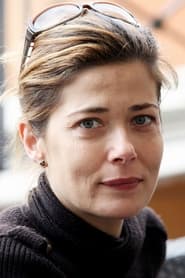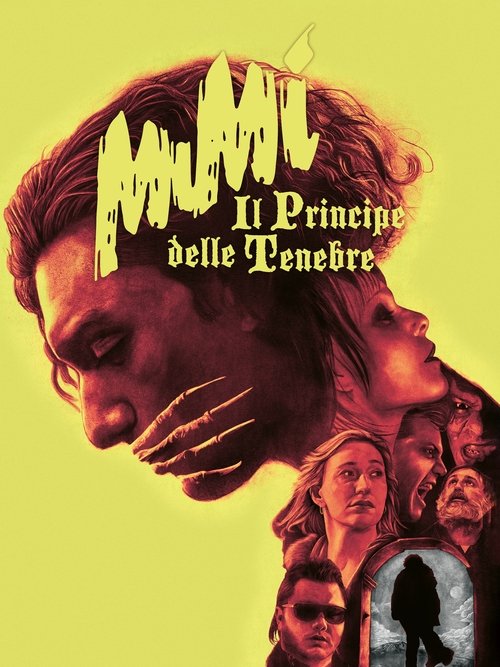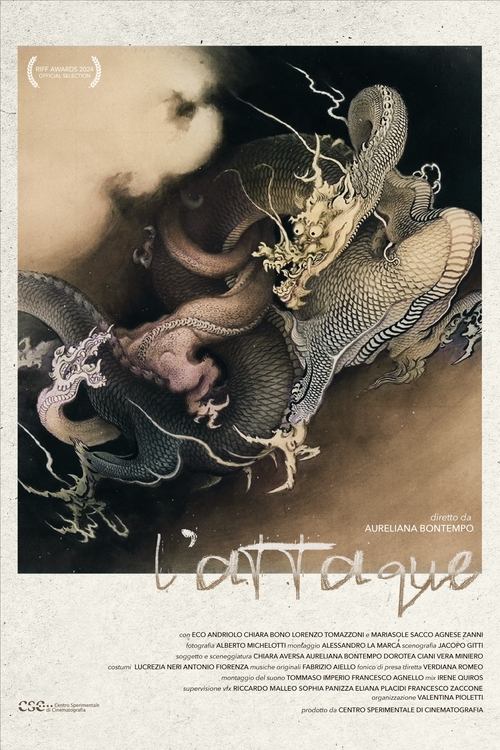
Ask Your Own Question
What is the plot?
What is the ending?
In the ending of "The Lady," the protagonist, Aung San Suu Kyi, faces the culmination of her struggles for democracy in Myanmar. After years of house arrest and political turmoil, she is finally released and takes on a significant role in the political landscape of her country. The film concludes with her standing before a crowd, embodying hope and resilience, as she prepares to lead her people toward a brighter future.
As the final scenes unfold, we see Aung San Suu Kyi, now free from the confines of her house arrest, stepping into the light of a new day. The atmosphere is charged with anticipation and hope. The camera captures her as she walks through the streets of Yangon, greeted by supporters who have long awaited her return to the political arena. The vibrant colors of the crowd contrast with the somber years of her confinement, symbolizing the shift from oppression to freedom.
In a pivotal scene, Aung San Suu Kyi stands before a large gathering of her supporters. The crowd is a sea of faces, filled with emotion--joy, relief, and determination. As she takes the stage, the camera zooms in on her face, revealing a mixture of strength and vulnerability. She begins to speak, her voice steady yet filled with the weight of her experiences. She addresses the struggles of the past, acknowledging the sacrifices made by her family and supporters. Her words resonate deeply, igniting a sense of unity among the people.
Meanwhile, the film intercuts with scenes of her family, particularly her husband, Michael Aris, who has been a steadfast supporter throughout her journey. His absence is felt profoundly, as the audience is reminded of the personal sacrifices that accompany her political ambitions. The emotional weight of their love story is palpable, underscoring the theme of sacrifice in the pursuit of a greater cause.
As the crowd erupts in applause, Aung San Suu Kyi's expression shifts from determination to a moment of reflection. She understands the challenges that lie ahead, but her resolve is unshakeable. The film closes with a powerful image of her standing tall, a symbol of hope for her nation. The screen fades to black, leaving the audience with a sense of both closure and the promise of ongoing struggle for democracy in Myanmar.
In the final moments, the fate of the main characters is revealed: Aung San Suu Kyi emerges as a leader, ready to face the complexities of governance and the expectations of her people. Her husband, though physically absent, remains a significant presence in her heart, representing the personal cost of her political journey. The film leaves viewers with a poignant reminder of the intertwining of personal sacrifice and public duty, encapsulating the essence of Aung San Suu Kyi's legacy.
Is there a post-credit scene?
The Lady, produced in 2021, does not feature a post-credit scene. The film concludes its narrative without any additional scenes or content after the credits roll. The story wraps up with a poignant resolution, focusing on the emotional journey of the characters and their experiences throughout the film. The absence of a post-credit scene allows the audience to reflect on the themes and messages presented in the main storyline.
What motivates the main character, Aung San Suu Kyi, throughout the film?
Aung San Suu Kyi is driven by her deep commitment to democracy and her desire to bring freedom to the people of Myanmar. Her internal struggle is highlighted by her love for her family, particularly her husband Michael Aris, and the sacrifices she makes for her political beliefs. The emotional weight of her choices is palpable as she grapples with the pain of separation from her loved ones while remaining steadfast in her mission.
How does the relationship between Aung San Suu Kyi and Michael Aris evolve in the film?
The relationship between Aung San Suu Kyi and Michael Aris is portrayed as a profound love story marked by both tenderness and sacrifice. As the political situation in Myanmar escalates, their bond is tested by distance and the demands of Suu Kyi's political activism. Michael's unwavering support and his own sacrifices to be with her, despite the risks, illustrate the depth of their connection, culminating in emotional moments that showcase their love amidst turmoil.
What role does the military play in the story of The Lady?
The military in The Lady serves as a formidable antagonist, representing the oppressive regime that Aung San Suu Kyi fights against. Their actions are depicted through violent crackdowns on protests and the imprisonment of political dissidents, creating a tense atmosphere that underscores the stakes of Suu Kyi's struggle. The military's relentless pursuit of power and control heightens the emotional tension in the film, illustrating the dangers faced by those who oppose them.
How does Aung San Suu Kyi's character change throughout the film?
Aung San Suu Kyi's character undergoes significant transformation as she evolves from a reluctant political figure to a determined leader. Initially portrayed as a devoted mother and wife, her experiences with the harsh realities of political oppression catalyze her growth into a symbol of resistance. Her journey is marked by moments of doubt and fear, but ultimately, she emerges as a resilient figure, embodying hope and courage for her people.
What are the key challenges Aung San Suu Kyi faces in her political journey?
Throughout her political journey, Aung San Suu Kyi faces numerous challenges, including the threat of imprisonment, the emotional toll of separation from her family, and the constant danger posed by the military regime. The film highlights her struggles with public perception, the pressure of international expectations, and the personal sacrifices she must make, all of which contribute to her complex character and the high stakes of her fight for democracy.
Is this family friendly?
The Lady, produced in 2021, contains several elements that may not be suitable for children or sensitive viewers. Here are some potentially objectionable or upsetting aspects:
-
Violence and Conflict: The film depicts scenes of political unrest and violence, which may be distressing. There are moments of physical confrontations and the aftermath of conflict that could be unsettling.
-
Emotional Turmoil: Characters experience significant emotional struggles, including grief, loss, and betrayal. These themes may be heavy for younger audiences or those sensitive to emotional distress.
-
Political Themes: The narrative revolves around complex political issues, including oppression and resistance, which may be difficult for children to understand and could provoke strong emotional reactions.
-
Mature Themes: The film explores themes of sacrifice, courage, and the fight for freedom, which, while inspiring, also delve into darker aspects of human experience that may not be appropriate for all viewers.
-
Intense Situations: There are moments of high tension and suspense that could be frightening, particularly for younger viewers.
Overall, while The Lady tells a powerful story, its themes and content may require parental discretion for younger audiences.
























